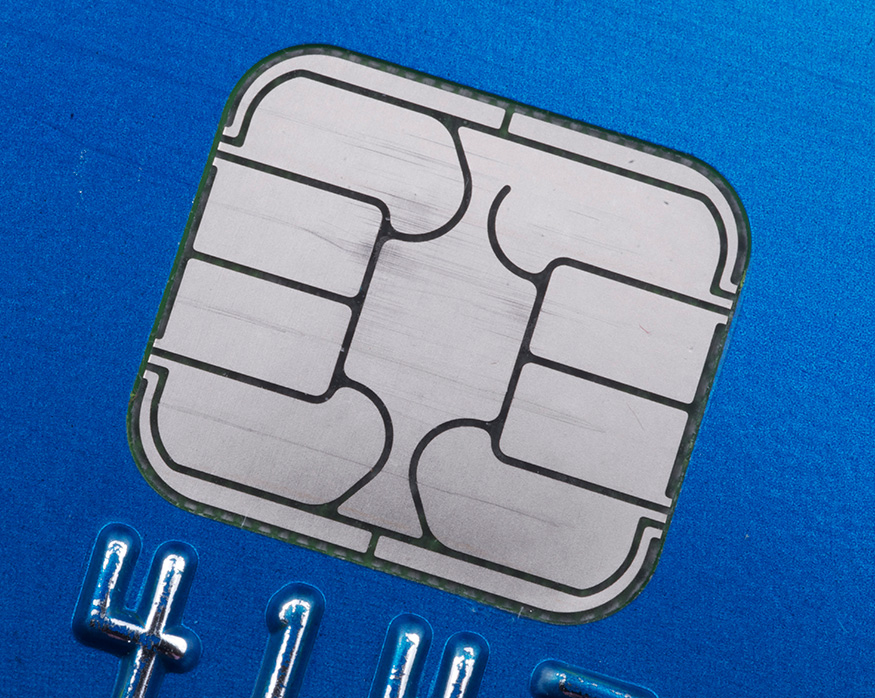While the capacity to conduct financial transactions online has brought more opportunities and a wider market for businesses, the technology also has increased risks for businesses and consumers, with fraud an ever-present and dynamic threat for businesses taking payments online.
Card present transactions are the most secure of the payment options; they also cost less for the merchant and mean less liability in the case of fraud. It’s well worth the effort to the business to choose card present transactions wherever possible.
Card Present Transactions
A card present transaction is defined as the cardholder and the card both physically present during a transaction. The card is placed into a device — the terminal– to enable the transaction.
Most banks have moved to the chip and PIN technology for cards, which has increased security against fraud. The terminal prompts the cardholder to enter a four-digit PIN before the transaction can be authorized.
Some chip and signature cards are issued to customers who may have difficulty using a PIN. The chip and signature card is inserted in the terminal and the merchant is prompted for the next steps — usually requesting a signature from the customer for the purchase. The merchant needs to ensure the signature is the same as the one on the card.
Contactless cards are used for small transactions. Sometimes contained in a mobile or wearable device, they only need to be held against the terminal or tapped. Contactless cards have the same security as chip and PIN cards, and customers using them may occasionally be asked to provide a PIN as a random security check.
Cards that use the magnetic stripe are still in circulation; these are swiped through the terminal and the customer has to provide a signature.
Card Processing Terminals
The card processing terminal transmits data from the credit or debit card that enables authorization for the purchase and then to transfer payment to the merchant.
Most processors transmit data through a standard telephone line or the Internet; wireless terminals are also available that use mobile technology, such as cellular networks, to process data. Portable terminals, such as those used in restaurants, can be used within a certain radius of the base station. Some models offer countertop, portable and mobile use. Most terminals are equipped with receipt printers; alternatively, many models can be connected to a workstation for printing.
Chip and PIN processors are becoming standard in the industry, but some countries haven’t fully adopted chip and PIN. Businesses that deal with customers from different countries will want to have a processor with the capability of enabling chip and signature as well as chip and PIN.
Benefits of Using Card Processing Terminals
Businesses realize numerous benefits from card present transactions, particularly in association with security. When a card present purchase with a chip and PIN is authorized, the merchant is protected from chargeback claims if the card is lost or stolen. Card issuers also charge less for card present transactions than they do for CNP transactions.
Customers also feel more secure in a card present transaction, since the card never leaves their sight and usually stays in their hand. These types of transactions also offer another opportunity for the business to engage with the customer and create a positive experience during the encounter.











